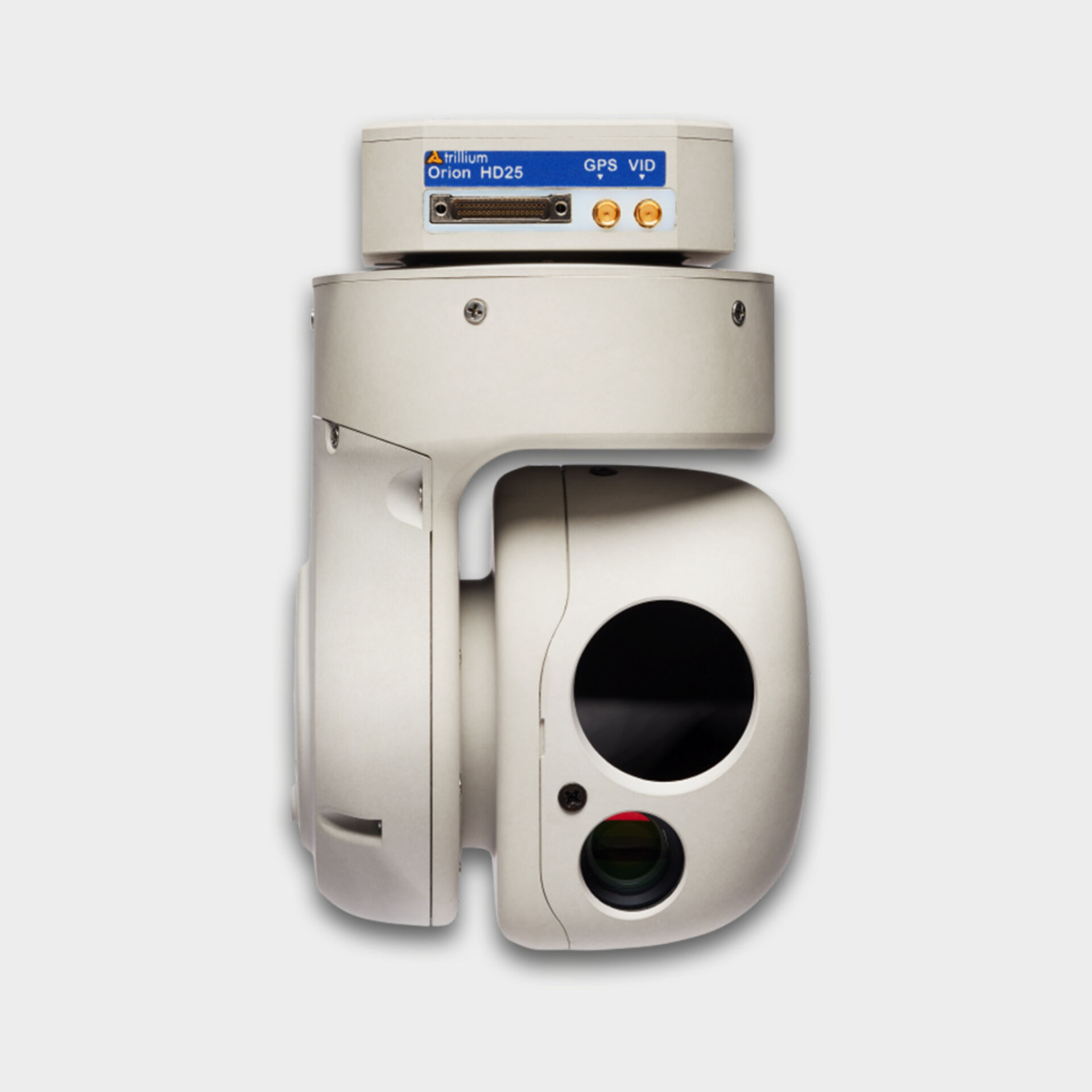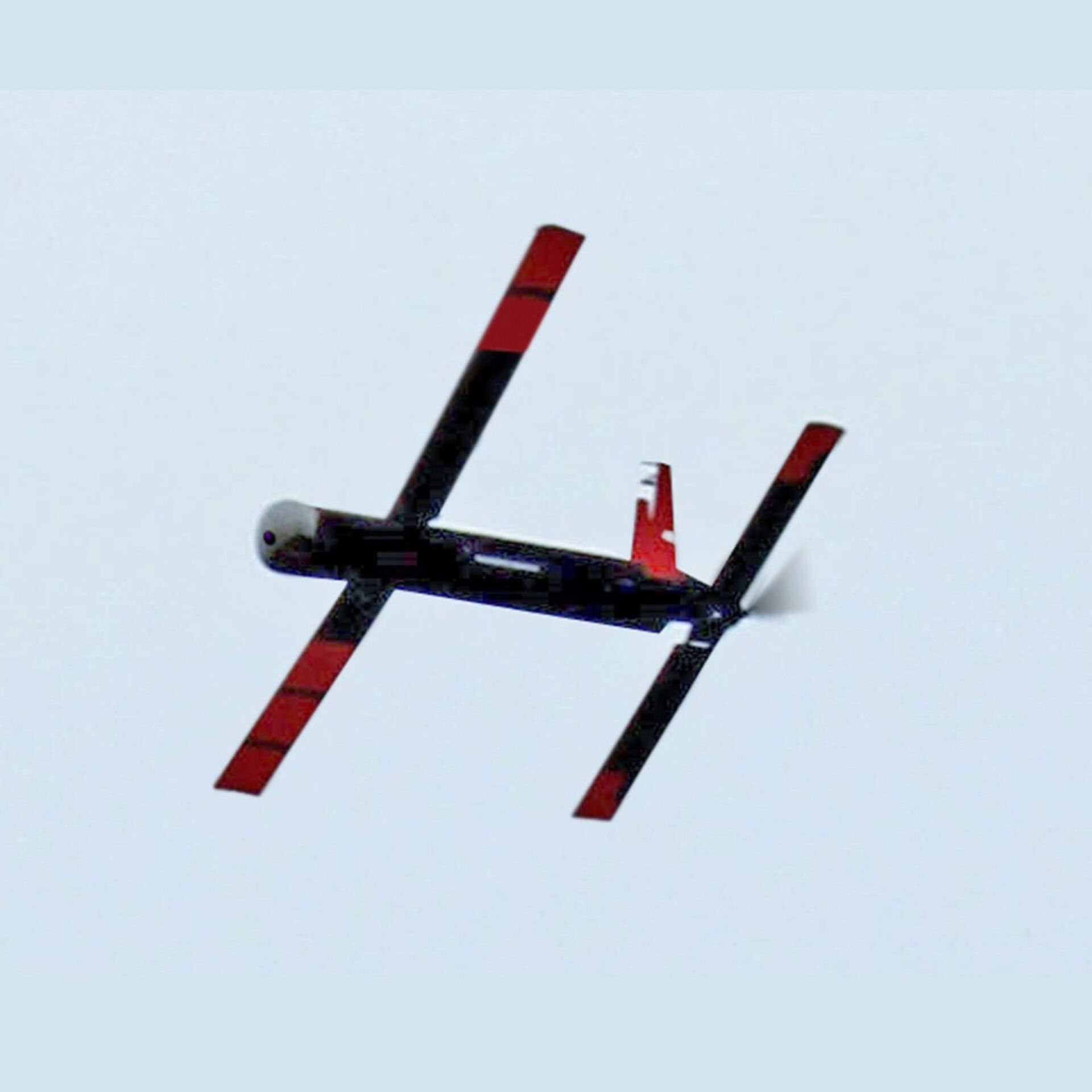Air-launched Effects
Air-launched effects, the next progression of UAS use, have become prominent in today's military applications. Designed to hover over a target area until it is identified, these unmanned aerial systems (UAS) can then be directed to attack the target. The use of a Trillium gimbal imaging system is important to these types of systems because they require a high degree of precision in target identification and tracking.


